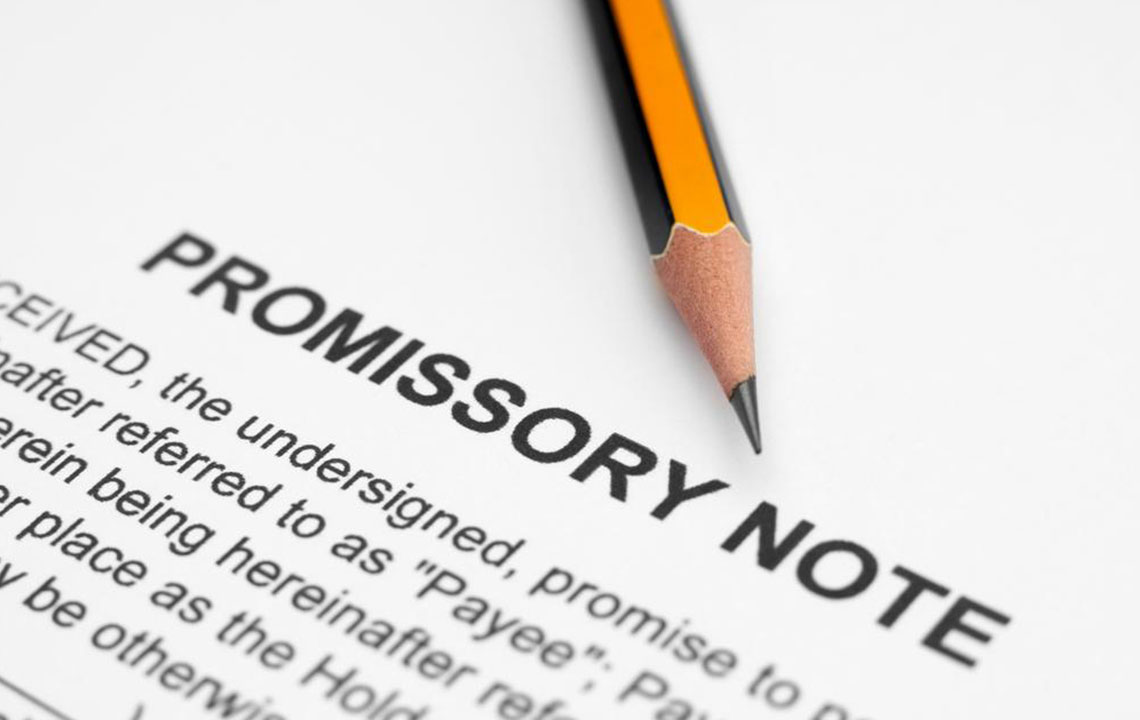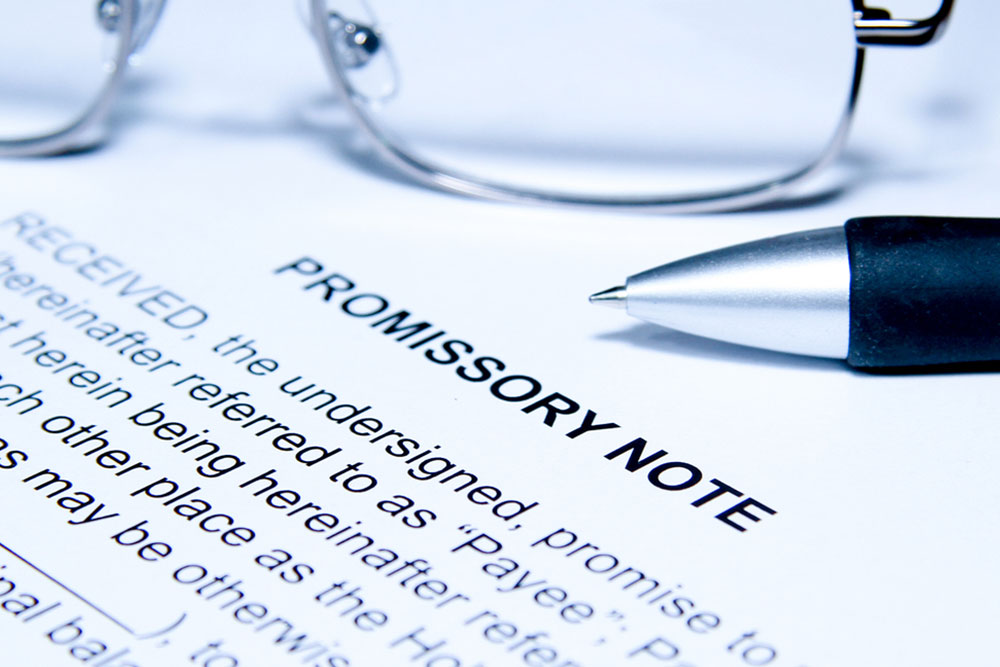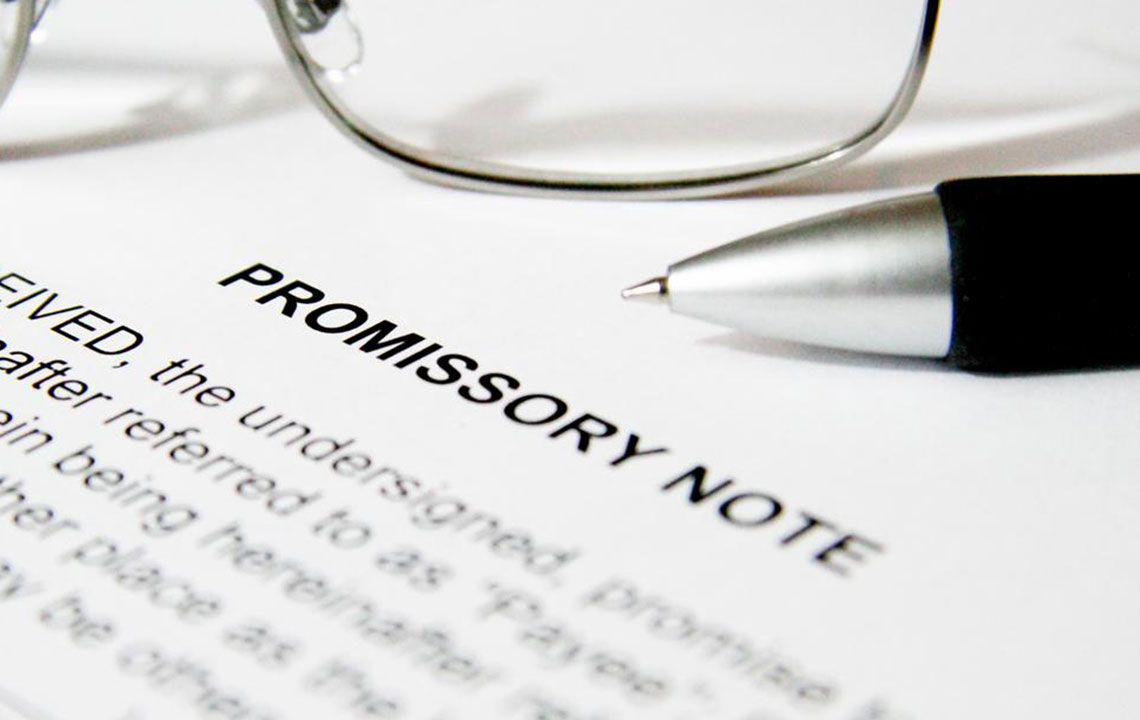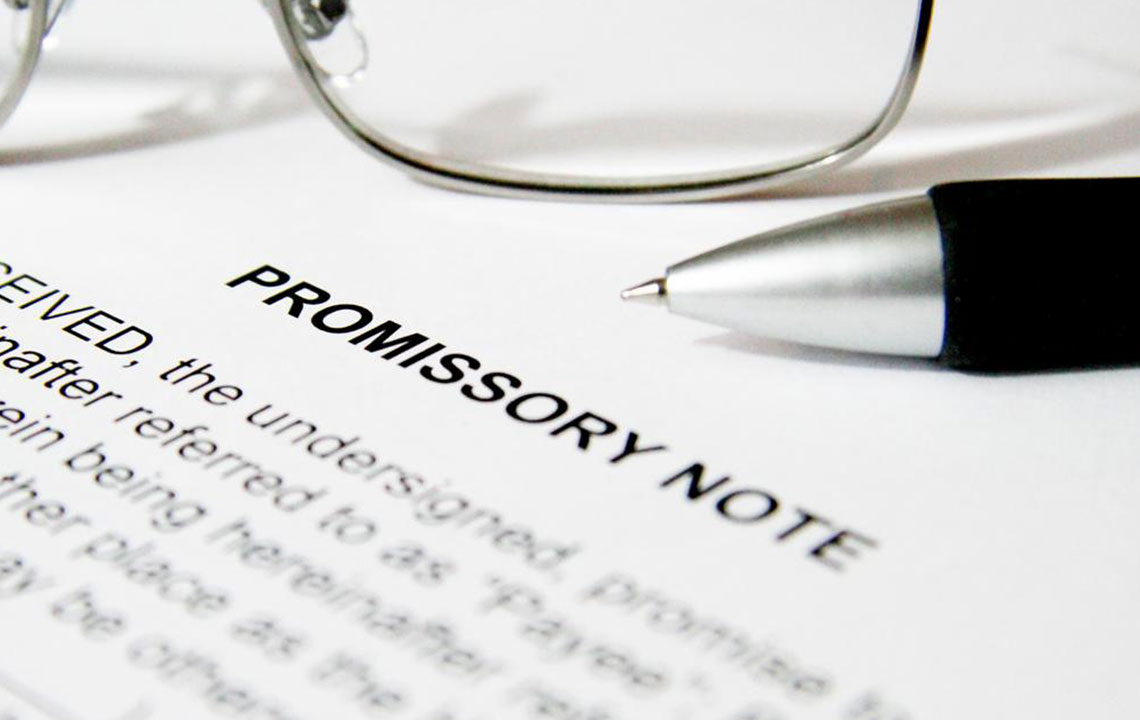Essential Components of a Promissory Note
A promissory note is a vital legal document that confirms a borrower's promise to repay a loan, detailing essential information such as parties involved, repayment terms, due dates, and potential consequences of default. Including comprehensive terms ensures clarity and enforceability of the agreement, protecting both lender and borrower throughout the lending process.
Sponsored

Key Elements to Include in a Promissory Note
A promissory note is a formal, enforceable agreement between a borrower and a lender, confirming a promise to repay a specified loan amount plus interest within an agreed timeframe. To ensure clarity and legal validity, a promissory note should address six critical questions.
Who are the parties involved?
Detail who is lending and who is borrowing. Typically, only the borrower signs the note, though including the lender's signature is advisable depending on state laws.
What is the repayment amount?
The document must specify the principal sum borrowed and the applicable interest rate.
How will the repayment proceed?
Clear terms should specify if payments are made in installments, lump sums, or upon demand, and if any balloon payments are involved.
When is repayment due?
A specific due date must be included, ensuring the borrower repays both principal and interest on or before this date.
The promissory note should outline consequences of default, such as legal actions. Notarization enhances enforceability, and default may involve additional legal costs for the borrower.
Additional details like acceleration clauses, collateral, amendments, governing law, late fees, prepayment options, and transfer rights should also be incorporated as needed.





